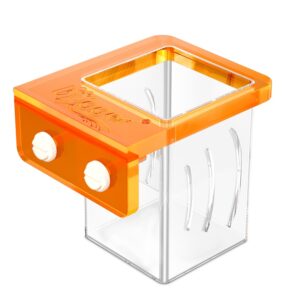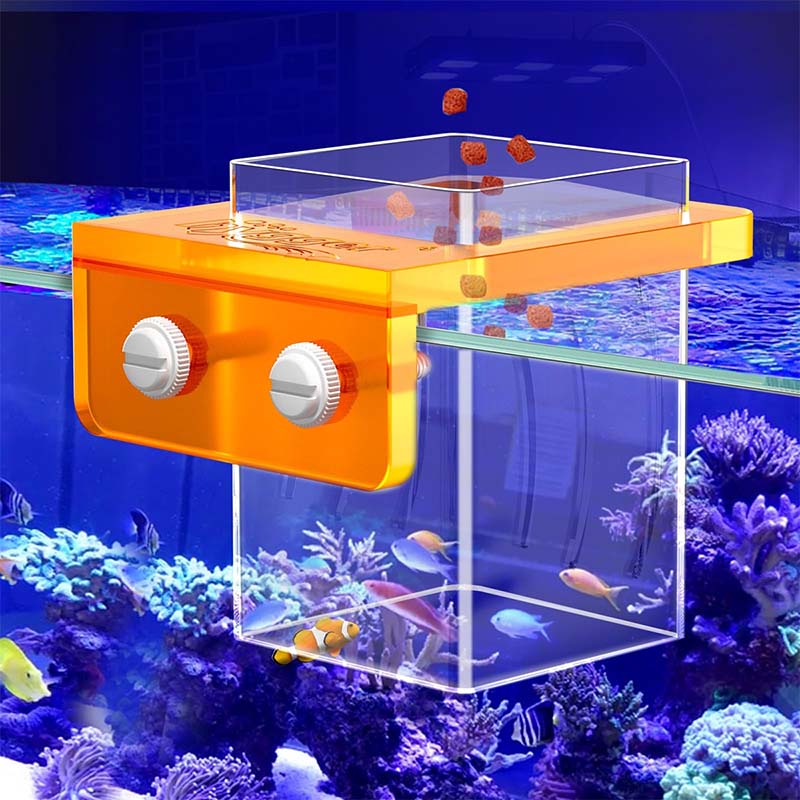How to Treat Red Spot Disease in Fish
Delighting in the serene beauty of an aquarium is an experience cherished by many, but the appearance of red spots on fish can be alarming. Red spot disease, or Hemorrhagic Septicemia, strikes various fish species and demands swift attention.
Understanding its origins, symptoms, and targeted treatments is crucial for fishkeepers dedicated to the well-being of their underwater friends. In this comprehensive guide, we’ll delve into the nuances of this ailment, explore its manifestations across diverse fish species, and equip you with tailored strategies to combat red spot disease effectively.
Cause of Aquarium Fish Red Spot Disease
Red spot disease, also known as Hemorrhagic Septicemia, casts a shadow on the vibrant underwater world of aquarium fish. Its root cause often traces back to bacterial infections, notably those belonging to the genus Aeromonas and Pseudomonas. These opportunistic bacteria thrive in aquatic environments and can infiltrate a fish’s system through various avenues.
Stress is a catalyst, weakening the fish’s immune defenses and rendering them more susceptible to these bacterial assailants. Factors such as poor water quality, overcrowding, abrupt changes in temperature or pH levels, and even physical injuries create a breeding ground for these pathogens.
Additionally, the introduction of new fish into an aquarium without proper quarantine measures can introduce foreign bacteria, potentially triggering an outbreak of red spot disease in fish.
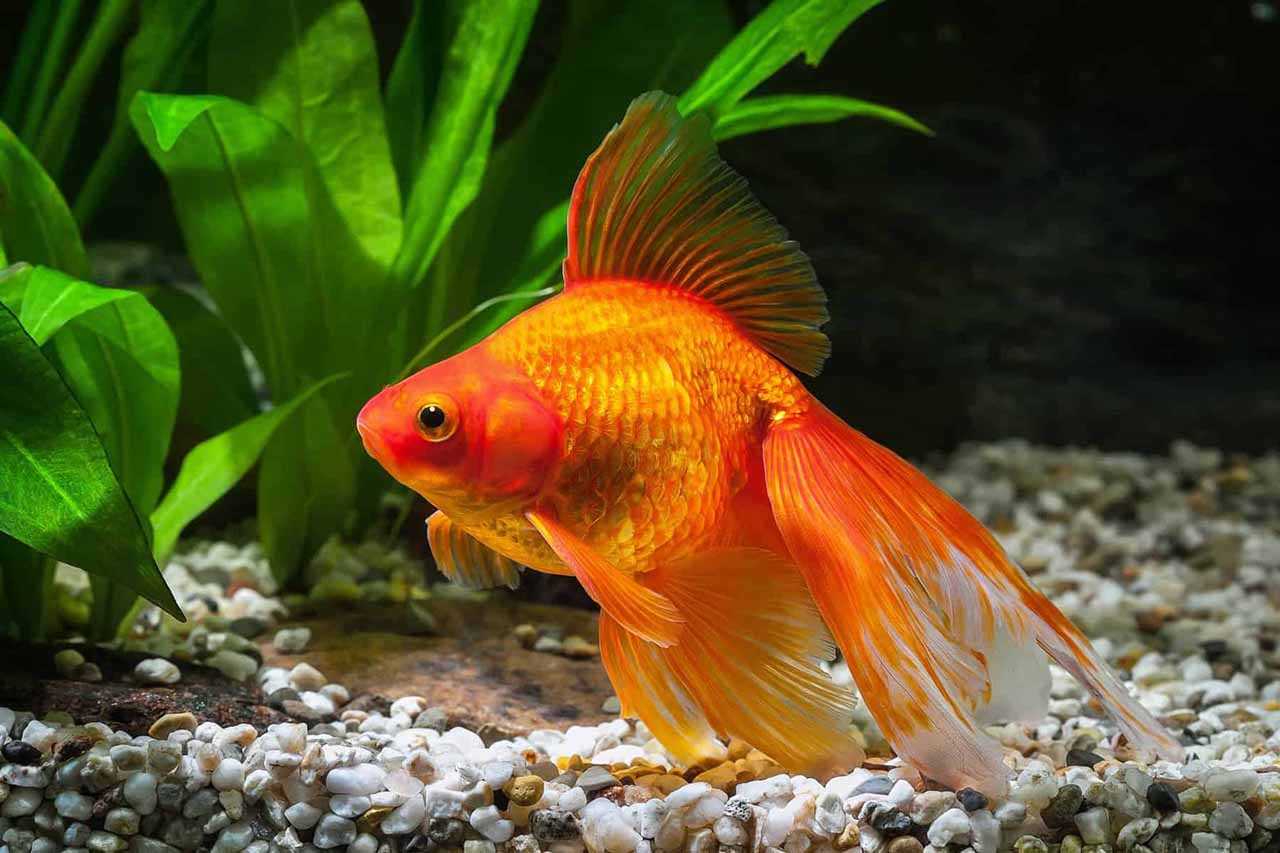
Symptoms of Red Spot Disease in Fish
Detecting red spot disease in your aquarium fish is crucial for early intervention and treatment. Keep a keen eye on your aquatic companions for these telltale signs:
Red Lesions or Spots
The most apparent symptom is the presence of red lesions or spots on the fish’s body, fins, or gills. These spots may vary in size and intensity, resembling bloody streaks or patches. They often stand out against the fish’s natural coloring.
Lethargy and Reduced Activity
Infected fish might display a noticeable decrease in activity levels. They may appear lethargic, spending more time than usual at the bottom of the tank or hiding in corners, showing a lack of interest in swimming or interacting with tankmates.
Loss of Appetite
Red spot disease can affect a fish’s appetite. You might observe a decrease in feeding behavior, with the fish showing disinterest or reluctance to eat, which could lead to weight loss if not addressed promptly.
Rapid Gill Movement
Respiratory distress can manifest as rapid or labored gill movement. Infected fish may exhibit exaggerated breathing, with visible stress in their effort to obtain oxygen.
Behavioral Changes
One of the indications of red spot disease in fish is changes in behavior, such as increased aggression or unusual swimming patterns. Monitor your fish for any deviation from their normal behavior patterns.
Aquarium Fish Susceptible to Red Spot Disease
Several aquarium fish species are particularly susceptible to red spot disease. Among these species are the majestic Arowanas, renowned for their distinctive appearance and grace. Their susceptibility to bacterial infections makes them prone to red spot disease, often resulting in visible lesions and health complications.
Goldfish, with their delicate fins and varied colorations, are also vulnerable. Their popularity in aquariums exposes them to potential stressors, increasing their susceptibility to this ailment.
Additionally, the exquisite Koi fish, prized for their beauty and symbolism, can fall victim to red spot disease, requiring careful attention to water quality and stress management.
Understanding these vulnerabilities in specific fish species allows fishkeepers to tailor preventive measures and prompt treatments, ensuring the well-being of their aquatic companions.
Treatments For Red Spots in Fish
Let’s discuss the detailed and effective treatment steps for red spot disease in various aquarium fish, including Arowana fish, parrot fish, goldfish, koi fish, Oscar fish, and Giant gourami.
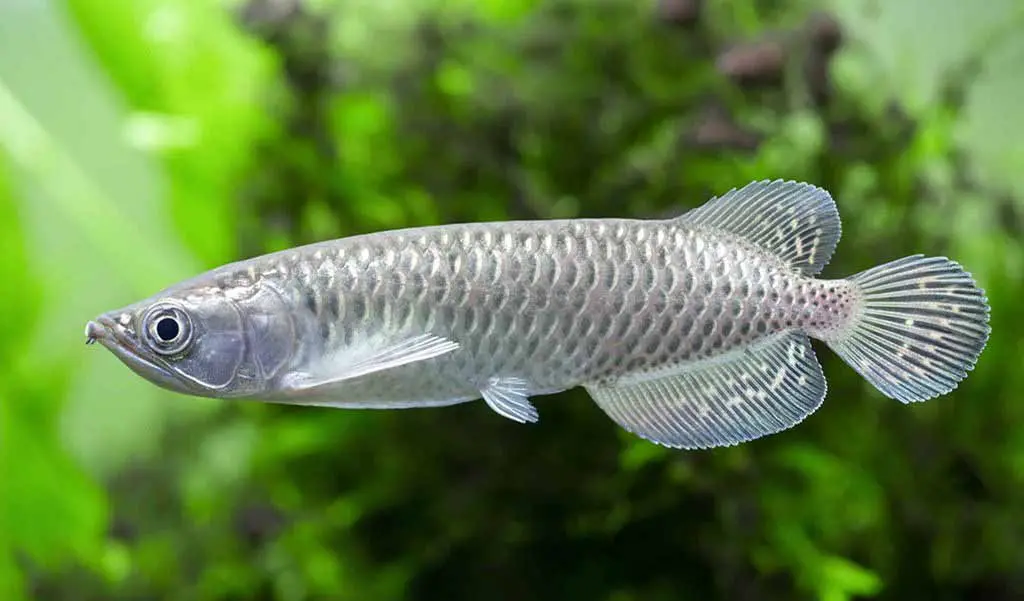
1. Arowana fish
Arowana fish are known for their vibrant colors and graceful swimming. If your Arowana fish develop red spots, it is important to take immediate action.
The first step is to remove any visible parasites from the fish’s body physically. Once the parasites are removed, you can use a trichlorfon-based chemical to treat the affected areas. Additionally, if the red spots have reappeared after treatment, it may indicate fungal infestations due to poor blood flow. To alleviate this problem, regular water changes, raising the water temperature, or using a malachite green and formalin mixture can be beneficial.
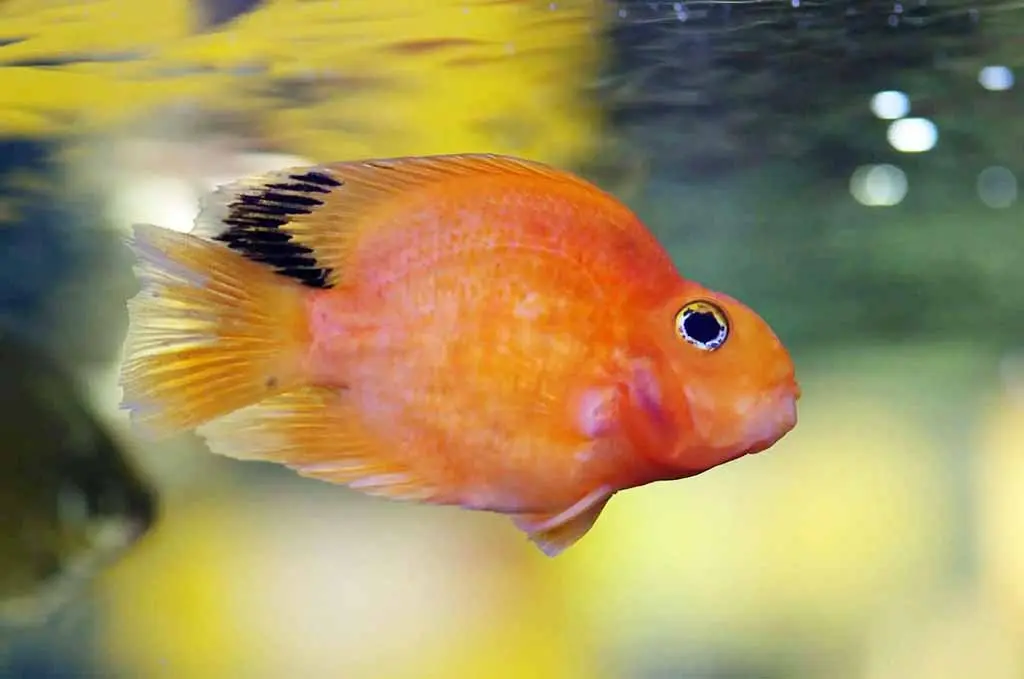
2. Parrot Fish
Parrot fish are unique and colorful creatures that can also be affected by red spot disease. In the case of Parrot fish, the treatment steps are similar to those for Arowana fish. Physical removal of parasites followed by treatment with a trichlorfon-based chemical is recommended. If the red spots persist, it is important to consider the possibility of fungal infestations and take appropriate measures.
3. Goldfish
Goldfish are popular aquarium pets that can also suffer from red spot disease. For goldfish, the treatment steps vary depending on the type of red spots present. If the red spots indicate external parasites, using Mardel’s Maracide can be effective. However, if no parasites are visible and a bluish-white film is present on the fish, it may indicate microscopic parasites. In this case, using Mardel’s Maracide is recommended. If the red spots reappear, it suggests fungal infestations due to poor blood flow. Regular water changes and a malachite green and formalin mixture can help alleviate this problem.
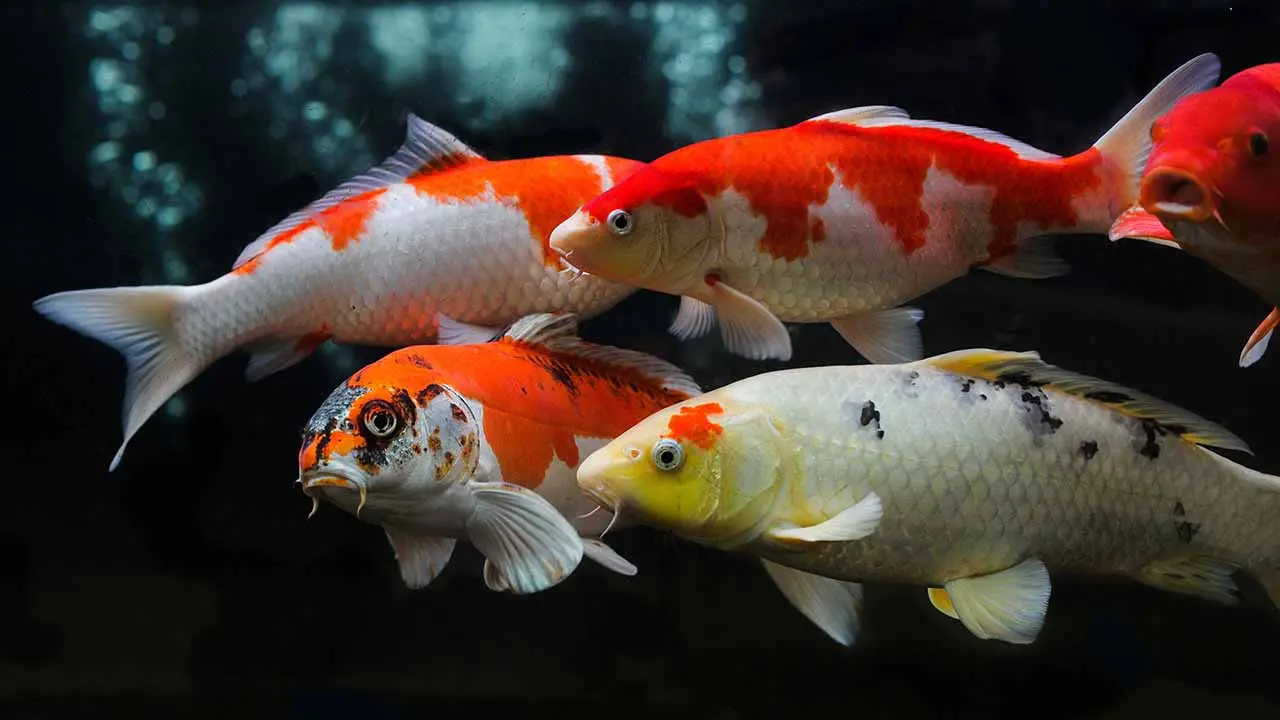
4. Koi Fish
When it comes to treating red spots in Koi fish, the first step is the physical removal of visible parasites. After that, using a trichlorfon-based chemical can help treat the affected areas. If the red spots persist, it is important to consider other factors such as water quality and nutrition to ensure the overall health of the Koi fish and recover their beauty and elegance.
5. Oscar Fish
Oscar fish are popular aquarium pets known for their unique appearance. If your Oscar fish develops red spots, taking immediate action is crucial. Physical removal of visible parasites followed by treatment with a trichlorfon-based chemical is recommended. Additionally, maintaining good water quality and providing a balanced diet can contribute to the overall health and well-being of your Oscar fish.
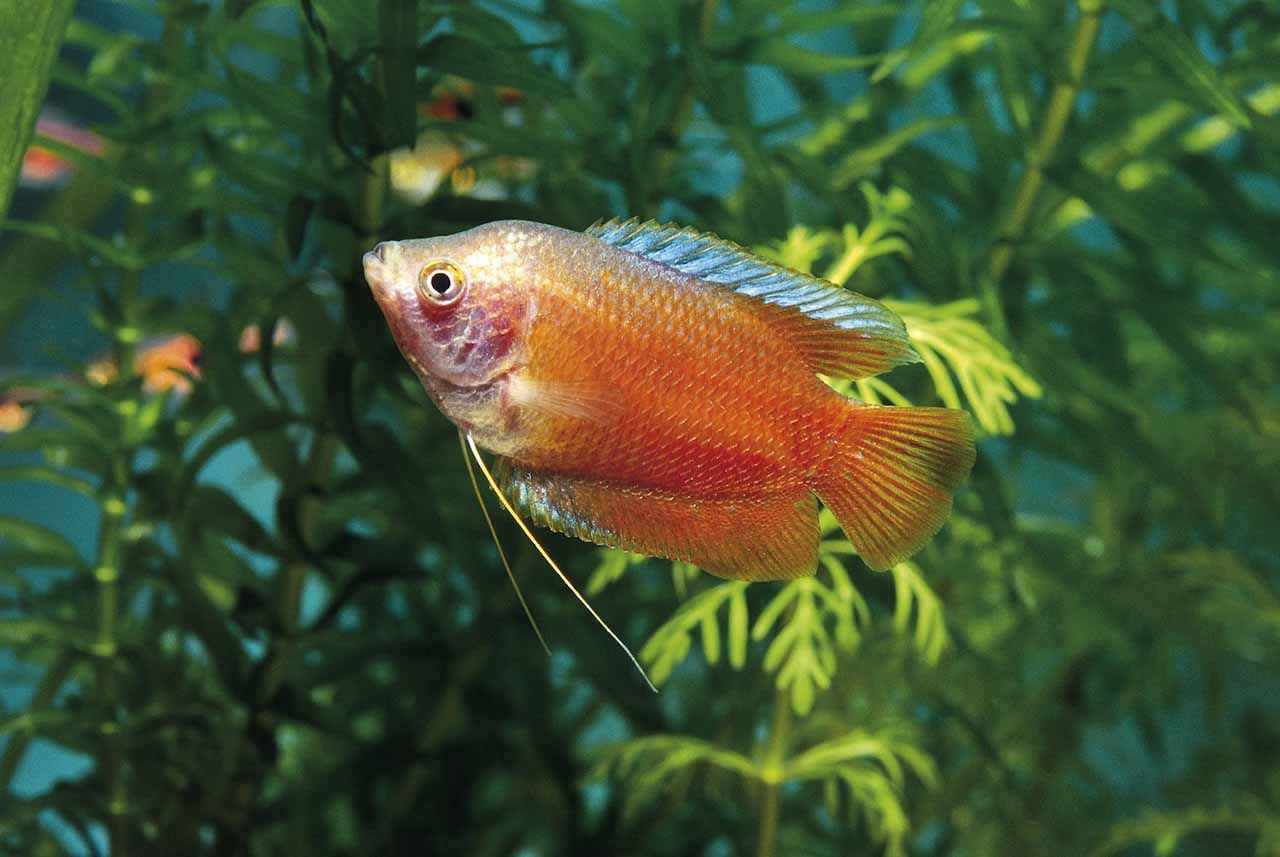
6. Giant Gourami
Giant Gourami are fascinating creatures that can also be affected by red spot disease. The treatment steps for Giant gourami are similar to those for other aquarium fish mentioned above. Physical removal of visible parasites followed by treatment with a trichlorfon-based chemical can help treat the red spots. It is also important to ensure proper nutrition and water quality for the well-being of the Giant gourami. More info about curing the dwarf gourami disease.
Key Takeaways
- Red spot disease, often caused by bacterial infections, affects various aquarium fish and demands swift attention due to its impact on fish health.
- Symptoms include red lesions, lethargy, loss of appetite, rapid gill movement, and behavioral changes.
- Specific fish species like Arowanas, Parrot Fish, Goldfish, Koi Fish, Oscars, and Giant Gouramis are susceptible to the disease.
- Tailored treatments involve quarantine, antibiotic administration, parasite removal, and maintaining optimal water quality for each species.
- Prompt action and species-specific care are crucial for successful treatment and the well-being of aquarium fish.



